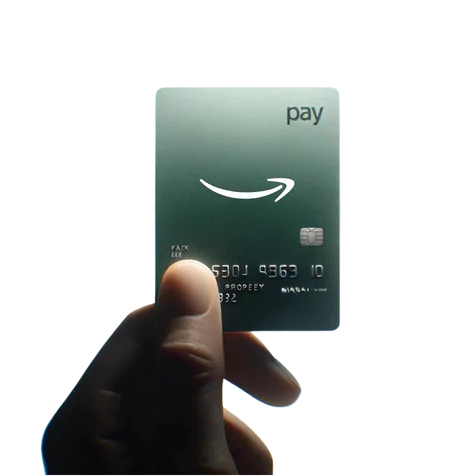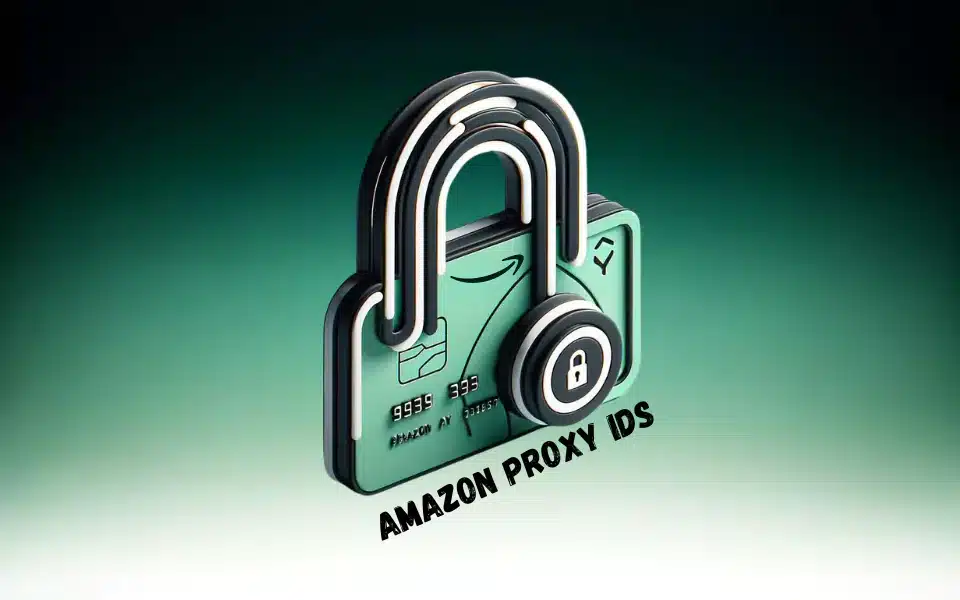The use of proxy identifiers or aliases for accessing electronic services across industries is becoming increasingly prevalent. A standout example of this trend is Amazon’s implementation of the ‘Pay Card Proxy ID.’ This innovative tool serves as a protective layer, encapsulating users’ payment card information to enhance security and mitigate risks associated with traditional payment methods.
Amazon Pay is used by over 50 million active users worldwide.
Table of Contents
What Is An Amazon Pay Card Proxy ID?
An Amazon Pay Card Proxy ID is a secure alternative to traditional payment card details, employing a unique identifier for transactions. This technology bolsters the security and privacy of online payments, shielding sensitive information and contributing to the broader effort of safeguarding online shopping from fraud and data breaches.

How Do Amazon Pay Card Proxy IDs Work?
A proxy ID acts as a unique identifier assigned when you connect to an intermediary server – a proxy. This proxy server sits between you and Amazon when you conduct a transaction.
Here’s the technical breakdown:
- Transaction Initiation: When you make a purchase with Amazon Pay, your request normally goes directly to Amazon, revealing your card information.
- Proxy Interception: With a proxy ID in place, your request is routed through the proxy server.
- Card Information Masking: The proxy server replaces your actual payment details with the unique Proxy ID, effectively masking sensitive data.
- Secure Communication: Amazon then processes the transaction using the Proxy ID, keeping your true card information concealed.
Who Uses Amazon Proxy IDs & Why?
Individuals and businesses aiming to enhance their online transaction security and privacy use Proxy IDs for their Pay Cards. They are particularly beneficial for users who frequently shop online and wish to protect their financial data from potential threats.
Amazon Sellers handling multiple Amazon accounts also frequently use proxy IDs to differentiate these accounts and prevent them from being linked by Amazon.

How To Find Your Amazon Proxy ID And Other Keys?
To find your Amazon Pay keys and IDs, you need to access your Amazon Payments merchant account via Seller Central. From there, navigate to Integration and then to Integration Central. Here, you’ll select your integration channel and ecommerce solution provider, or opt for a self-developed solution. Follow the process to get instructions and create your keys and proxy ID.
More On Amazon: How To Scrape Amazon? A complete guide
Wider Context And Varieties Of Proxy Identifiers
Many payment services and gateways use proxy or alias identifiers. This includes person-to-person (P2P) transfers, merchant payments, and cash withdrawals. They offer a simple and intuitive way to conduct transactions, aligning with other forms of social interactions. Mobile phone numbers are a popular form of proxy identifier due to their accessibility and widespread use.
In the context of Amazon Pay, the Proxy ID serves as a scheme-specific proxy identifier, akin to mobile numbers or email addresses used in other systems.
The Proxy ID Registration Process
The process of registering a proxy identifier involves mapping the alias to an account number through secure banking channels. Developers do this via a centralized database, offering a straightforward implementation, or through a decentralized database, depending on the region and specific system in place.
Final Words
By 2023, the global digital payments market is anticipated to reach $7.64 trillion, highlighting the importance of innovations like the Amazon Pay Card Proxy ID in shaping a secure and efficient online transaction environment. As online shopping continues to grow, the role of proxy identifiers in protecting consumer data is more crucial than ever, with approximately one in three online shoppers having experienced a data breach.
Related articles:
- Tags:
- Amazon, Cybersecurity Advice




